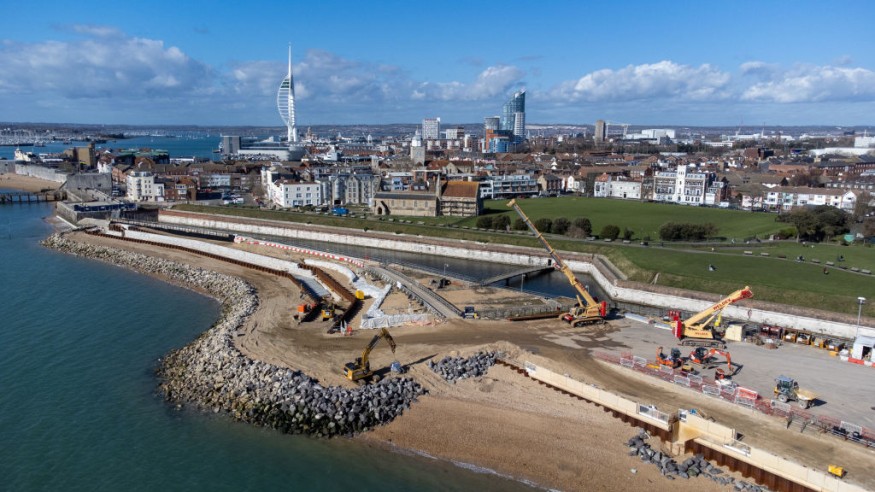It has been constantly documented how sea levels are rising rapidly, yet estimated rates throughout the year still surprise us. The rate at which they are rising suggests that several cities, even countries, will submerge and disappear from the world map.
So far, sea level rise has more than doubled from 0.06 inch per year throughout most of the 20th century to 0.14 inch from 2006 to 2015, according to the National Oceanic and Atmospheric Administration (NOAA). The agency predicts that this will likely rise by at least 1 foot above the levels seen in 2000 by the start of the next century, while the United Nations Intergovernmental Panel on Climate Change estimates that they will rise by 16 to 25 inches by 2100.
A 2019 study in the journal Nature Communications says as many as 250 million people could be "directly affected".
Should sea levels rise to this extent, will countries, cities or states disappear entirely in our lifetime? LiveScience lists down countries which will most likely be affected.
Countries at risk

Technically, countries with the lowest elevations cannot evade the list, one of them being the Maldives, the flattest country on Earth.
According to the Union of Concerned Scientists (UCS), Maldives has an average elevation of just 3 feet, and should it experience sea level rise on the order of just 1.5 feet, it will lose around 77% of its land area by 2100.
Another country with an extremely low average elevation is Kiribati, around 6 feet above sea level. The small island in the heart of the Pacific could lose two-thirds of its land if sea levels rise by 3 feet. In fact, nearly all of the Pacific islanders will be vulnerable to rising sea levels (around 3 million) and should therefore relocate before the end of the century, according to the Science and Development Network.
The European Union-funded Life Adaptate project enumerated countries where most people will potentially be affected by sea level change, with China as the highest, having 43 million people in precarious coastal locations.
Major coastal cities at serious risk
Numerous major cities in the world are also at a great risk of being inundated. One clear-cut example is Jakarta, home to around 10 million people, and dubbed as the "fastest-sinking city in the world". According to Earth.org, the city is sinking by 2 to 4 inches (5 to 10 cm) each year due to "excessive groundwater drainage".
Along with the cities "with uncertain future" are Bangladesh (population 22.4 million); Lagos, Nigeria (population 15.3 million); and Bangkok, Thailand (population 9 million).
Even the US cities cannot elude from this fate by 2050, based on recent projections. According to NOAA, "in many locations along the U.S. coastline, high-tide flooding is now 300% to more than 900% more frequent than it was 50 years ago," where New York City is most at risk. Meanwhile, cities that are most vulnerable to coastal flooding are located in the Sunshine State.
So, what can be done? Countries can invest in infrastructure, restoration projects, or mitigation strategies that will involve elevating homes and roads, among others. At the end of the day, the key factor in determining the city or country's fate is not necessarily the rate of sea level rise, but the capacity to address and develop long-term defenses.
© 2025 NatureWorldNews.com All rights reserved. Do not reproduce without permission.





